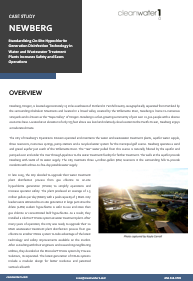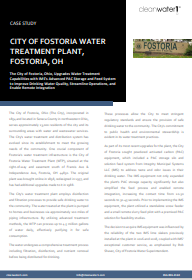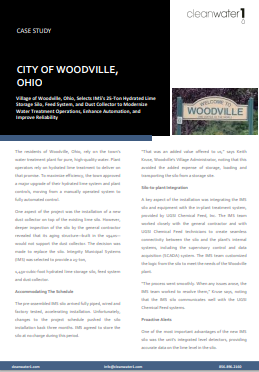[Case Study] SOUTHGATE, ONTARIO -Dual Mixers Overcome Stratification and Prevent Ice Formation in Concrete Tank with Baffles
The Township of Southgate is located in the Canadian province of Ontario, approximately 90 miles northwest of Toronto, with a population of just over 2,000 people. The township is located in a rural, agricultural region tucked between Lake Huron to the north and Lake Ontario to the south. The climate is considered cold and temperate with significant rainfall throughout the year. Temperatures in winter average around - 10°C and can drop as low as -30°C to - 40°C for brief periods of time, which can wreak havoc on the local water storage tanks and distribution piping.
Operators in Southgate struggled with thermal and chemical stratification in their 1,364 cubic meter (360,000 gallon) Dundalk Well Tank. Built in 1973, the partially-buried concrete tank features a separate inlet and outlet located approximately 25 feet opposite one-another. In an effort to eliminate the potential for “short-circuiting” of the inlet water, a series of floor-to-ceiling vinyl curtains were installed in the center of the tank to act as a baffle, forcing the water to flow in a variety of paths from one side of the tank to the other.
Over the years, operators observed declining residual levels and opted to boost the chlorine residual by climbing the tank and manually dumping sodium hypochlorite into the water. On numerous occasions, operators observed a thick covering of ice on the surface of the water inside the tank. Ice is a problem, as it means less water available for emergencies, potential for damage to the interior of the tank, and it severely limits the ability to add chemicals directly to the water to boost residual levels in the tank. Operators were sometimes forced to break holes in the ice in order to add the liquid sodium hypochlorite to the water.




